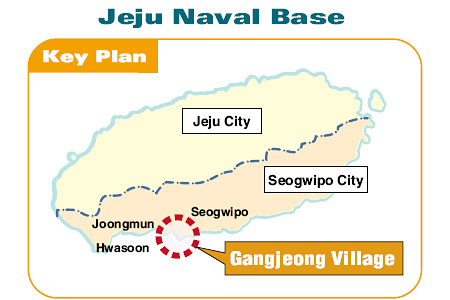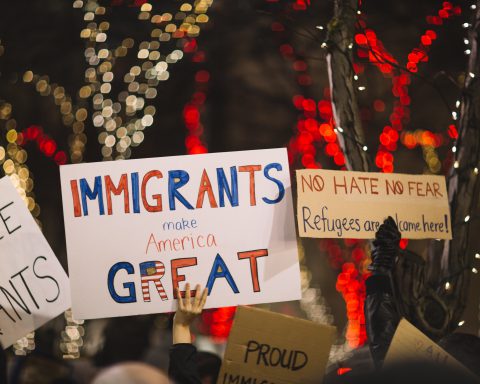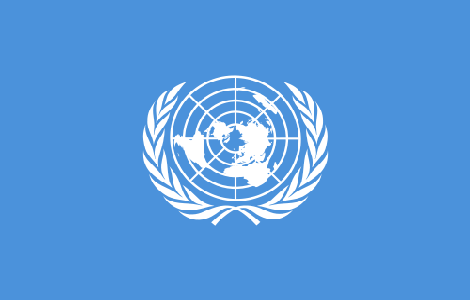 PDF Version (Optimal for Printing)
PDF Version (Optimal for Printing)
 Naval Base: Development or Occupation?
Naval Base: Development or Occupation?
In 2002, the South Korean government initiated a project to build a strategic naval base on the southern resort island of Jeju, but it was postponed due to opposition from local residents till, in May 2007, the government proceeded with construction in the tiny fishing village of Gangjeong in Jeju. Activists and villagers, however, still strongly oppose the construction.
The plan is to build a military port by 2014 that can accommodate 20 warships and two 331-million lb cruise liners. The project will spend a total of $860 million. According to the defense ministry, about 14 percent of the construction work has been completed so far. If all goes as planned, the military dock will moonlight as a luxury commercial dock as well as an eco-friendly tourism hub. Once completed in 2014, the navy says it will protect shipping lanes for South Korea’s export-driven economy, which is dependent on imported oil. In addition, in terms of an exclusive economic (water) zone (EEZ), it will also enable South Korea to respond quickly to a brewing territorial dispute with China over Ieodo, a submerged reef south of Jeju that the Chinese call Socotra Rock. Both sides believe it is surrounded abundantly by pre-empt oil and other natural resources in surrounding waters.

The military defends the facility as necessary to strengthen national security and to increase military mobility in the southern maritime territory. Above all, government and navy officials claim that Korea needs to reinforce its military capacity as it lags far behind its neighboring powers in terms of military might. Korea’s defense budget stood at $24.5 billion in 2009, which was only a fraction of the $78 billion and $45.6 billion that China and Japan spent respectively in that year, according to the 2010 Defense White Paper. Col. Jeong Sam-man of Korea Naval War College said, “A proverb says if you wish for peace, prepare for war, and history shows that peace cannot exist when one is defenseless.” On top of that, supporters of the plan expect that the naval port will bring economic benefits to local people by inducing direct investment into the region from the construction of infrastructure for sailors.
However, from the beginning of construction, peaceful demonstrations have been a continuous presence. In fact, the construction was suspended in June 2011, when a group of village residents and civic activists occupied the site, claiming that it will eventually be used to accommodate U.S. troops and thus ignite a conflict with China.
___________________________________________
…there are too many sets of opposing values and priorities to reach a clear consensus: the U.S. vs. China, pacifism vs. national interest, environment vs. development, state vs. citizens, and so on.
___________________________________________
Two months later, in August 2011, the Jeju Police mobilized about 600 riot police troops to disperse this group of sit-in protesters consisting of nearly 100 residents and anti-base activists who had been occupying the site despite an eviction order. As a result, violent clashes have on several occasions erupted between police and protesters. To block off protestors, the Navy has set up fences around the site and resumed the construction work. At least 30 protesters who violently resisted riot troops were detained.
In the meantime, the “village” of about a thousand people is divided over the port. Heated protesting has occurred and people are starting to avoid each other, some not even shopping at the same stores. A representative of Gangjeong village claims that recently 75~80% of residents are still opposed to the construction.
Given the unique dynamic relations of Korea in Northeast Asia, it has become evident that there are too many sets of opposing values and priorities to reach a clear consensus: the U.S. vs. China, pacifism vs. national interest, environment vs. development, state vs. citizens, and so on.






Unbound Social